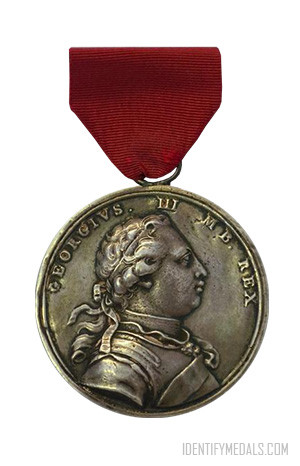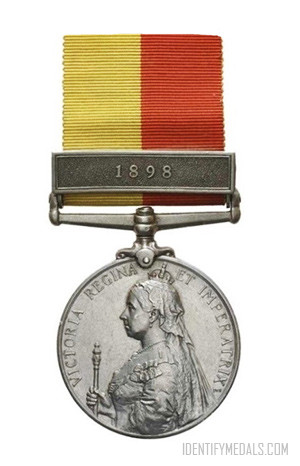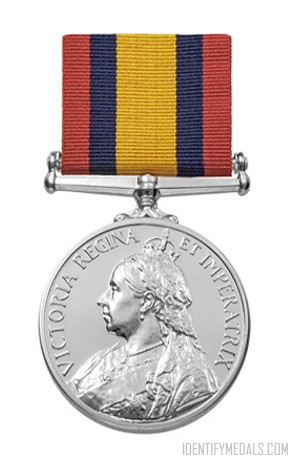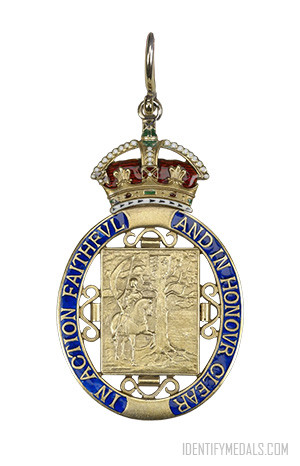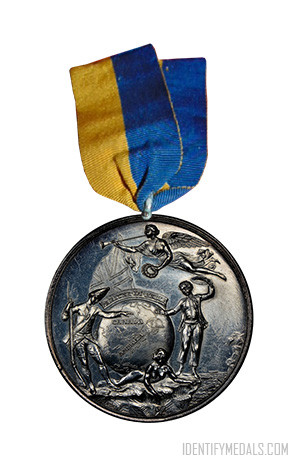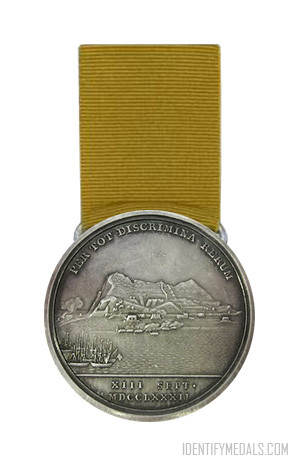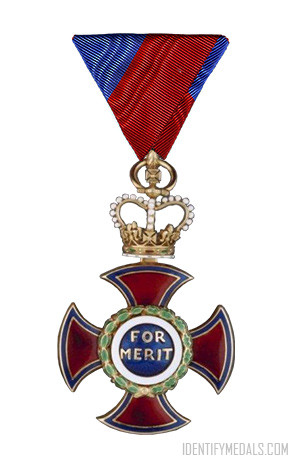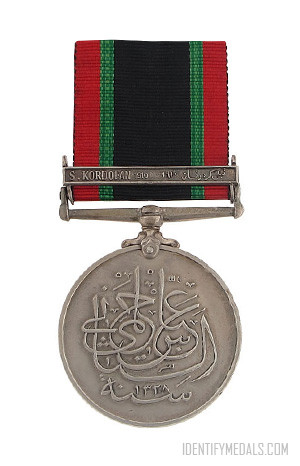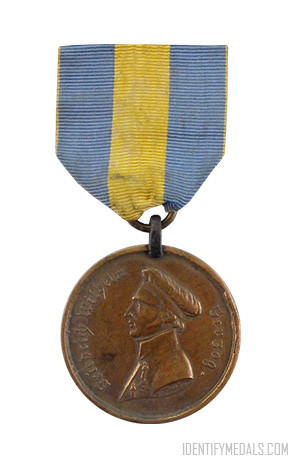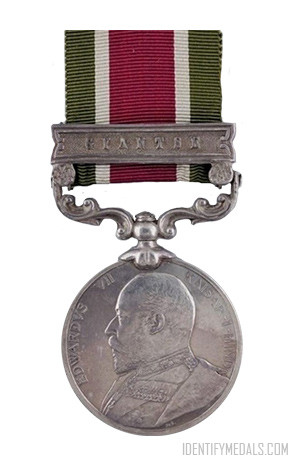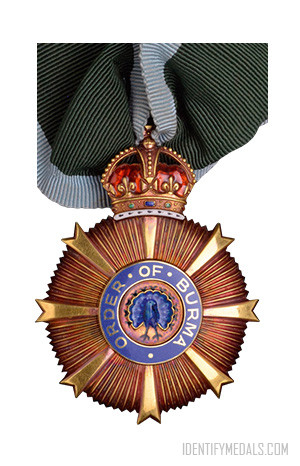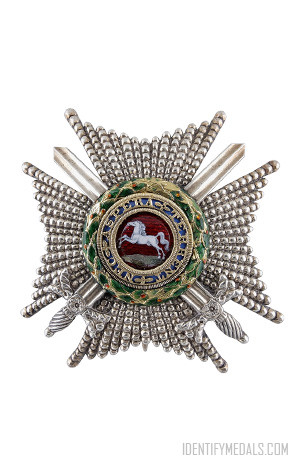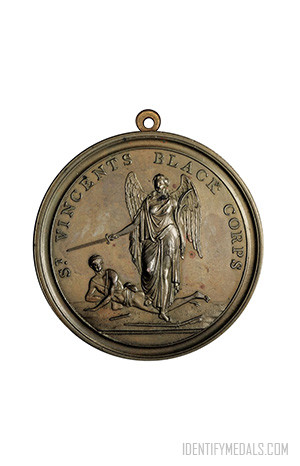- Time Period: Pre-WW1
- Year of Institution: 1773
- Country: Great Britain
The Carib War Medal was instituted by the Legislative Assembly of St Vincent in the West Indies and awarded to British and West Indian forces (members of the militia and volunteers) who took part in fighting attempts by white settlers to seize Carib-owned land in 1772-1773, which led to a negotiated peace.
The Caribs were descended from the original Carib population of the eastern Caribbean who had intermarried with runaway African slaves. After the allocation of St Vincent to Britain in the Peace of Paris in 1763, the white planters who settled there attempted to seize Carib lands, but the latter fought a successful campaign of resistance and forced the British to sign a treaty recognizing their rights.
The Carib War Medal Design
The medal is struck in silver and measures 52 mm wide.
The obverse shows a bust of George III in armor. The reverse bears Britannia offering an olive branch to a defeated Carib, and the date MDCCLXXIII in the exergue.
The award was given without a ribbon or suspension, although some later examples show a red one.

